
Cat’s Claw
Cat’s Claw (Uncaria tomentosa) is a vine with claw-like thorns curling out from its stem. The plant utilizes it to hook itself and climb higher up into the canopy in its rainforest home. It can climb trees that are as high as 100 ft, which may choke and overwhelm smaller plants in its way.
Cat’s claw has a long history in traditional medicine for mild and serious diseases. Its popularity and demand caused overharvesting prompting it to be labeled an endangered species. Government regulations were rolled out to prevent its extinction. Even Peru, its main producer, banned the direct harvest of a cat’s claw roots to preserve its existence.
The use of cat’s claw dates back to ancient civilizations, specifically the Incas of South America. It was used as a botanical herb for promoting health and spiritual wellness. Christian missionaries and foreign priests attest to the plant’s miraculous healing property. It prompted the export and marketing of cat’s claw to Europe and North America until it became a popular supplement worldwide.
Where Is Cat’s Claw Found
The vine thrives in the tropical and subtropical areas in Peru and Bolivia. It is not frequently grown outside its native environment but it will proliferate under a conducive growing environment. To date, Peru is the leading supplier of cat’s claw products for manufacturing.
How To Identify Cat’s Claw
Cat’s claw is a woody vine that is identifiable by its hook-like thorns shooting from its stem. They crawl and hook themselves to any plant or structure on their way. It bears yellow tube-like flowers that bloom from fall to summer.
 Leaves. This plant is a deciduous evergreen vine with simple, lance-shaped leaves. The leaves are smooth, and arranged alternately and sometimes opposite each other on the stem.
Leaves. This plant is a deciduous evergreen vine with simple, lance-shaped leaves. The leaves are smooth, and arranged alternately and sometimes opposite each other on the stem.
Flowers. Lily-like flowers that are shaped like trumpets with five petals adorn the vine. The flowers are bright yellow and are about 3 to 6 inches in size.
Fruits and seeds. After flowering, cat’s claw will develop a thin seed pod. The pods are about 2 to 4 inches that start as green and turn brown as they mature. Each fruit has valves containing about 20 round, red seeds.
Roots. It has woody and tough tubers shaped from round to oblong. These roots absorb lots of moisture to help the plant survive frost.
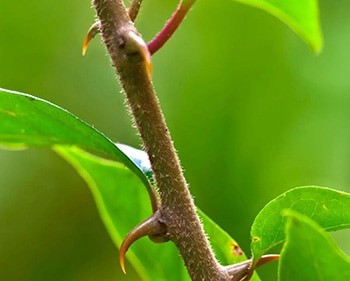 Stem. The high-climbing vines are also woody and can grow up to 50 ft tall. From its leaflets, three-pronged claw-like thorns with hooked tips protrude. The vine often scrambles to the ground until it can find something to climb on, attaching the hook to the surface.
Stem. The high-climbing vines are also woody and can grow up to 50 ft tall. From its leaflets, three-pronged claw-like thorns with hooked tips protrude. The vine often scrambles to the ground until it can find something to climb on, attaching the hook to the surface.
⇒ The Complete Map of Edible Plants: Find Out What You Have in Your Area! (Video)
Cat’s claw (Uncaria tomentosa) is a climbing plant of the Rubiaceae family. It is known as Uña de Gato in Spanish for its thorns.
There are about 34 species of Uncaria and the most popular among them are the Uncaria tomentosa and Uncaria guianensis. These species share the same chemical compositions but U. tomentosa is widely used in herbal remedies.
How To Grow Cat’s Claw
Cat’s claw is a vigorous grower and may overwhelm smaller plants when it latches itself into them. It can attach to structures and spread out, making them difficult to curb. The vines can grow very high. In their native home, it is only noticeable when its flowers begin to fall into the forest floor.
Growing this plant is like growing your own immunity booster with its many health benefits. If you should grow it in the garden, make sure to attend to it regularly and cut back overgrowth. You can provide a trellis where the vine can proliferate and avoid damaging other plants.
⇒ Plant Identification Guide – 400 Wild Plants That You Can Forage For (Video)
You may grow cat’s claw through its cuttings or seeds. Seeds are available in some online stores. However, most of the species of Uncaria are referred to as cats’ claws. To find the authentic medicinal specie, look for Uncaria tomentosa which is sometimes labeled by its Spanish name Uña de Gato. However, this species might be rare since the Peruvian government already banned its export.
Growing Cat’s Claw From Seeds
Sow the seeds on the surface of the soil but do not cover them. Lightly mist the soil by spraying it with water then cover the potting tray loosely with plastic. It will provide airflow and prevent the soil from drying out.
Keep the soil moist and warm, ideally at a temperature of about 80⁰F. Germination of the seeds will occur from three weeks to three months.
Transplant the seedlings when they are big enough to handle. You may want to keep them in pots to restrict the spread of their tubers.
Growing Cat’s Claw From Cuttings
The softwood and semi-hardwood cuttings from cat’s claw can regrow into new plants. However, softwood cuttings are tender and prone to stress. Semi-hardwood cuttings that are taken in mid to late summer are more viable.
Select the vine with healthy growth and water it before taking the cuttings, preferably in a cool weather morning. Cut 4 to 5 inches off the stem, ¼ inch below the nearest leaf. Remove the bottom set of leaves and plant it in a pot filled with a mixture of sand and peat with ample drainage.
Keep the pot in a bright and warm location but away from direct sunlight. Mist the soil and cuttings every other day until roots develop for at least two weeks.
After the roots develop, expose the pot to the sunlight gradually until they can stand in the full sun. Transplant them in a sunny spot, preferably in a large pot with fast-draining soil. Water them weekly during the first year until they establish healthy roots. Here’s how you can get your own independent source of water.
Plant Care And Maintenance
Cat’s claw prefers tropical and subtropical climates. They are evergreen in USDA Zones 9 and above, and winter hardy in zones 8 to 12.
Once established, cat’s claw rarely needs attention except for regular pruning to control its growth. During its first year, cat’s claw will benefit from the following growing conditions:
- Nutrient-rich, well-draining, and acidic soil
- Partial to full shade
- Weekly watering
- Temperature between 77 to 95⁰F
How To Harvest Cat’s Claw
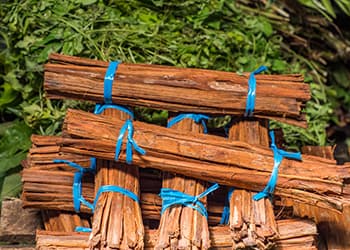 Cat’s claw roots used to be harvested for medicinal use. Unfortunately, Peru has since banned it to protect the plant from extinction as well as preserve its native species.
Cat’s claw roots used to be harvested for medicinal use. Unfortunately, Peru has since banned it to protect the plant from extinction as well as preserve its native species.
Although less productive, most foragers now harvest only the liana or climbing vine, leaving the roots behind. They would select plants that are at least 3-years old with a diameter of about 2 inches and cut them into one-meter segments. The cortex or external layer is removed, and the inner layer is transported for the post-harvest process.
⇒ The Only Survival Food You Should Harvest This Winter (Video)
Cat’s claw then needs rapid drying often with the use of solar radiation in a transparent roof. Once dried, they are packed, grouped, and labeled for trading and distribution.
What Cat’s Claw Is Good For And Natural Remedies Made From It
In traditional medicine, cat’s claw is an important herb for treating viral infections, fever, urinary tract infections and wounds. Further study proves its many healing properties as an antioxidant, antimicrobial, anti-inflammatory and immune system rejuvenator.
It is used in treating parasites by preventing their biological activities.
In South America, it is traditionally used in therapies for arthritis and various types of inflammations. It is an effective treatment for osteoarthritis without the side effects otherwise found in complementary drugs.
Cat’s claw may also naturally reduce blood pressure and improve neurological functions. It improves the blood flow in the arteries, heart, and brain. Thus, it can prevent the formation of blood clots, reduce the possibility of stroke and ward off heart diseases.
The presence of alkaloids, flavan-3-monomers, and polyphenols makes this beautiful plant an excellent antioxidant. Preclinical assessments show the effectiveness of cat’s claw in reducing oxidative stress and its action against cell death. It can inhibit cancer growth and prevent many debilitating diseases like leukemia and breast cancer.
It is also essential in DNA repair and recovery, especially as a response to chemotherapy. It helps regulate healthy cells that are affected by chemotherapy and promote DNA repair on the skin.
Supplementation can significantly improve white blood cell count. These cells are responsible for fighting infections. With improved cell count, it can give the body an enhanced immune-boosting ability.
Cat’s claw is also an effective antiviral herb. It is one of the traditional remedies used for treating HIV and AIDS. It is used with conventional antiretrovirals to slow down the progression of the virus. However, it still needs to undergo substantial research and tests. Until then, using it with conventional medicine is still debatable and may cause unwanted reactions.
Surprisingly, it is revered as the most sacred herb by the Amazonian tribes for its spiritual and physical healing. Its action in ayurvedic medicine is not limited to the following identified health conditions:
- Arthritis and joint pains
 Digestive problems, bowel, and intestinal problems
Digestive problems, bowel, and intestinal problems- Cancer
- Bacterial infections
- Viral infections
- Inflammations
- Fever and flu
- AIDS and HIV
- Herpes
- Crohn’s disease, colitis
- Lyme disease
- Burns and wounds
- Boost immunity
- Improve circulatory functions
- Improve brain functions
What Parts Of Cat’s Claw Are Used For Remedies
The roots and bark of are used for herbal remedies. But since the use of its roots is regulated, the bark is more widely used nowadays.
Dried inner barks are brewed into infusions and taken for various health complaints. It is also grounded into powder and simmered into tea. More often, loose-bark is sold as a tea in some herbal stores.
The most potent form of cat’s claw is its tincture or liquid extract. You may also find it in capsule or tablet food supplement form.
Cat’s claw is sold commercially varies in dosage because of the standardization of its components. Thus, to be safe, always follow the dosage and consult an expert before using it
Immune-Boosting Cat’s Claw Tea
Ingredients
- ¼ tsp cat’s claw bark
- 1 cup boiling water
- Few drops of lemon juice
- Honey and cinnamon to taste
Steps
- Add the bark into a cup of boiling water and simmer for 10 minutes.

- Remove from heat, cool, and strain the bark.

- Add a few drops of lemon juice, and honey to taste, and sprinkle some cinnamon.

How To Use This Remedy
Cat’s claw has a bitter taste and adding lemon, honey, and cinnamon can help neutralize it. They will also add more immune-boosting properties for a more potent cup. Drink one cup of this anti-inflammatory tea three times a day. It is beneficial for alleviating pains caused by osteoarthritis and other inflammations.
Alternatively, you may also take a tincture of cat’s claw about 1 to 2 ml, two times a day. The dosage of the supplements varies on the patient’s needs. So, always read the label and consult a health expert for the appropriate dosage.
What Plants Resemble Cat’s Claw
| Features | Cat’s Claw (Uncaria tomentosa) | Crossvine (Bignonia capreolata) | Cat’s Claw Creeper (Dolichandra unguis-cati) |
|---|---|---|---|
 |  |  | |
| Size | Up to 50 ft | 30 – 50 ft | Up to 98 ft |
| Leaves | Green; smooth; simple; lance-shaped; alternate/opposite | Green; waxy; compound; opposite; lance-shaped | Dark green; compound; opposite; with tendrils |
| Flowers | Bright yellow/gold; trumpet-shaped | Gold/yellow/burgundy; trumpet-shaped | Yellow; trumpet-shaped |
| Fruits/Seeds | Thin, green to brown seed pods; with valves containing 20 round, red seeds | Greenish legume pods; winged seeds | Brown; flattened capsules; numerous seeds |
| Stem | Woody; climbing; with claw-like hooks | Climbing; tendrils growing from leaf stem | Woody; vine; tendrils |
| Scent | No scent | Mocha-scent | Sweet fragrance in the evening |
Warnings and Cautions
Cat’s claw is generally well-tolerated but may exhibit side effects like headache, upset stomach, and nausea. The symptoms are mild and gradually subside with continued use.
The herb is not recommended for pregnant and breastfeeding women.
People taking any medications should avoid taking cat’s claw supplements. It will interact with medications including medications for blood pressure and immunosuppressants.
Cat’s claw should be avoided by people with chronic health conditions like lupus, kidney and liver disease, tuberculosis, and low blood pressure.
Do not use cat’s claw after an organ or bone marrow transplant.
Before using herbal medications, always consult your doctor for safety. Only a qualified health professional can determine the accurate dosage depending on factors like age, health condition, and medications of the patient.
You may also like:
 Foraging Calendar: What to Forage in January
Foraging Calendar: What to Forage in January
A Simple “At-Home” Protocol for the Flu and Other Respiratory Issues (Video)
10 Flowers You Did Not Know You Can Pickle








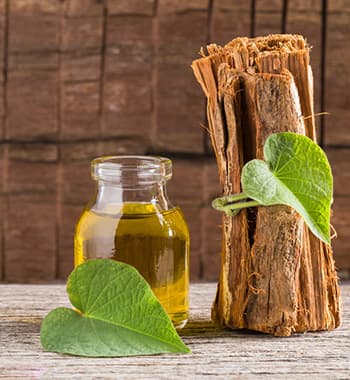 Digestive problems, bowel, and intestinal problems
Digestive problems, bowel, and intestinal problems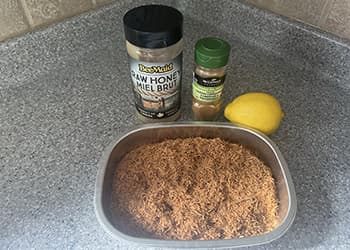
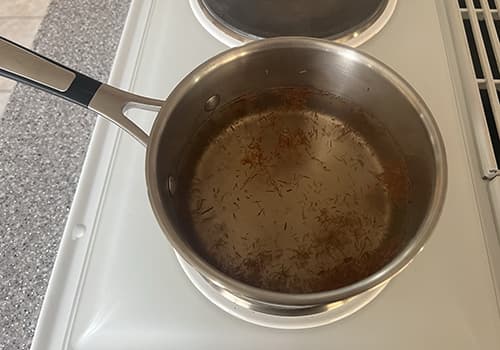
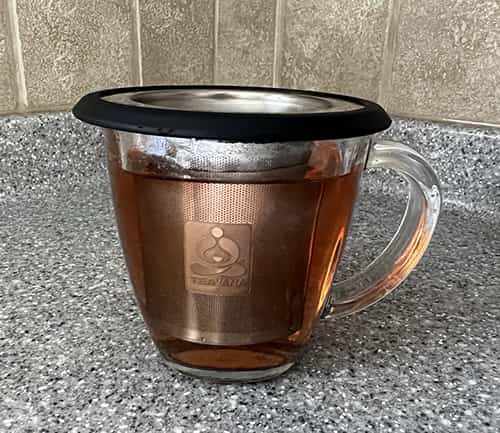
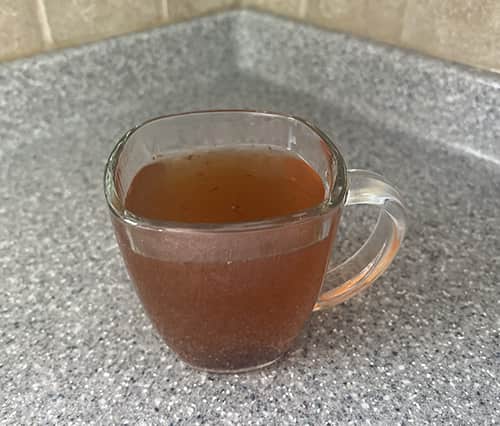
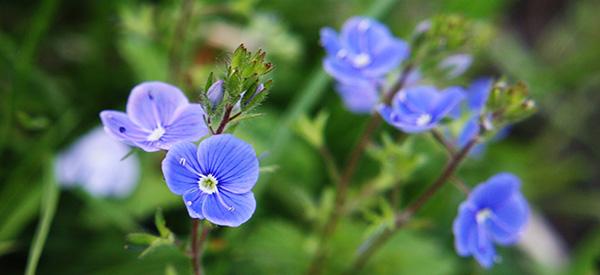
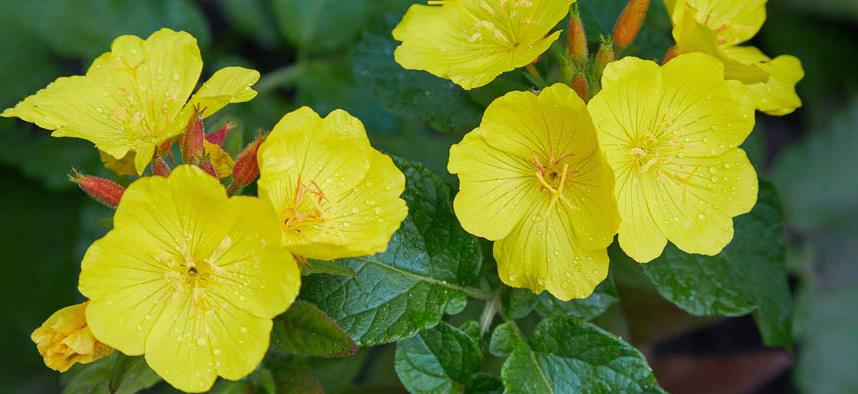
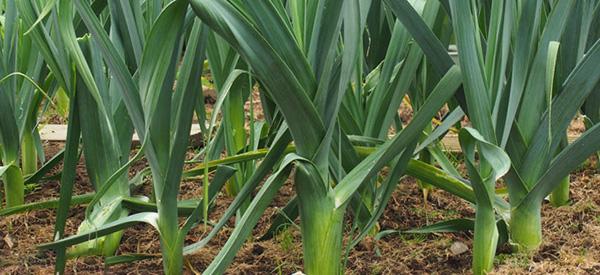
Why is Cat’s Claw bad for liver problems ? you would think it would be great for any liver problem ???? I read and value all of your information, I also share it with my family and friends. I have a friend that has cirrohsis of the liver, she wants to try it and see if it helps, she take Valium and Oxycodone, she also has MDS–but the medical tries to make sure no one will use and kind of herbs, because herbs which is given from Jesus, the great Doctor, just might work or cure our problems. The medical field can’t make money on God’s herbs. Thank you for any information you can give me.
Hi! Have her look up milk thistle! It is a great herb for the liver..although may interfere with medication, so she should do her research on it! Good luck!
Basically it does not act well with prescription meds and can be dangerous when combined. Same with milk thistle. I agree with you about herbs but caution/doctor is advised when on rx’s.
Hello Connie,
Some medications are changed and broken down by the liver. Cat’s claw might decrease how quickly the liver breaks down some medications.
Many blessings and good health!
Funny you mention this. I took too much cats claw for a long period of time made my liver enzyme blood test high. It’s temporary, once stop it will go back to normal.
Thank you for this. I have been experiencing some arititic-type pain in my right hand and may try Cat’s claw tea just once to see if it may help and if it does I will continue
Did it help you?
I love this resource. I am so glad I ordered your book.
Is alcohol the best option for making a tincture of Cat’s Claw?